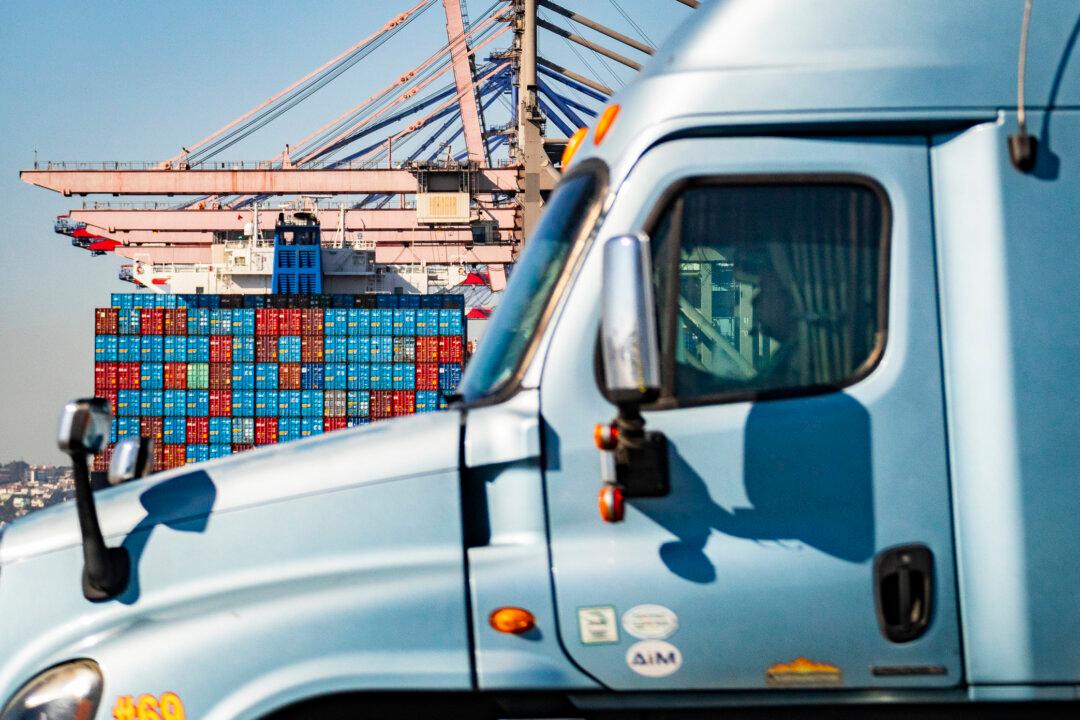California surpassed its 2025 requirements for zero-emission truck sales two years early, according to the office of Gov. Gavin Newsom and the California Air Resources Board (CARB), who both made announcements Oct. 23.
Under the regulation which was unanimously approved by CARB in 2020, the state aims to have 100 percent of all “medium and heavy duty” trucks—from large pickups to buses, dump trucks, and semi-trucks—sold to be zero-emission by 2045.





